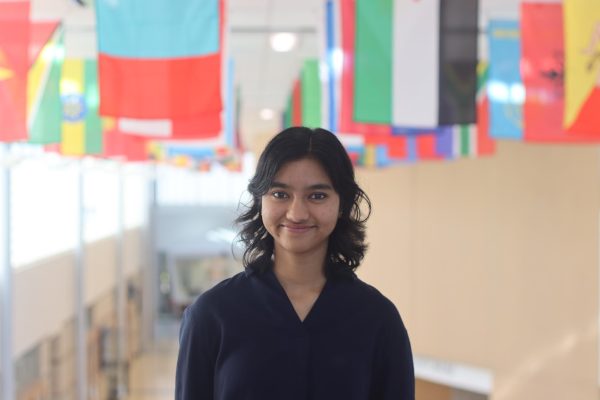During Halloween, when the atmosphere is full of spooky excitement. From the thrill of picking out the perfect costume to the anticipation of trick-or-treating, this eerie season ensures everyone has fun. Whether you’re celebrating with friends or getting lost in a scary movie marathon, Halloween is the perfect time to embrace the ghostly spirit and enjoy all the thrills that come with it.
From ancient Celtic festivals to the modern tradition of trick-or-treat, the history of Halloween is a fascinating journey through time, culture, and evolving traditions.
The first Halloween was the Celtic’s festival of Samhain. The name means “summer’s end” as the festival marked the transition from the harvest season to the winter. The Celtic people believed that the worlds of the living and the dead overlapped during this period. They would light bonfires and wear costumes to guide ghosts back to the plane of the deceased, appeasing them and to receive the spirits’ blessings. After the Romans conquered Celtic territories, two Roman festivals, Feralia, a day to honor the dead, and Pomona, a celebration of the goddess of fruits, merged with Samhain traditions. This shifted the original focus of Samhains towards honoring ancestors and celebrating the harvest. With the aim to replace Pagan traditions with Christian ones, Pope Boniface IV established All Saints Day on Nov. 1 in the seventh century. The night before became All Hallows Eve, eventually shortened to Halloween. In the Medieval Ages, Halloween included traditions like “souling”: where poor people would go door-to-door, promising to pray for the dead relatives of rich people and receive pastries in exchange. By the early 20th century, Halloween had transformed into a community-centered holiday with parties, costumes, and activities.
Many cultures around the world celebrate festivals similar to Halloween, often honoring the dead or marking the transition between seasons.
A notable festival is Día de los Muertos, which is celebrated in Mexico. Celebrated on Nov. 1 and 2, this festival honors deceased loved ones with altars, “Ofrendas” (offerings) and festivities. Families gather to remember and celebrate the lives of those who have passed.
Obon, celebrated in Japan, is a Buddhist festival held in mid-August. Obon honors the spirits of ancestors. It involves visiting graves, performing dances called Bon Odori and lighting lanterns to guide spirits home.
In South Korea, Chuseok, known as the Korean Harvest Festival, occurs in late September or early October. Families honor ancestors by visiting their graves and preparing traditional meals.
Tang Chieh, from China, is celebrated during the Hungry Ghost festival, also called the Zhongyuan Festival in Taoism and Yulanpen Festival in Buddhism. It’s held on the 15th day of the seventh month in the lunar calendar. On this day, it is said that the gates of hell swing wide open, allowing spirits to traverse the human realm and partake in offerings. Many make food offerings, candles, paper money and paper effigies like houses, cars, and clothes for the dead. Tang Chieh involves offering food, lighting lanterns and burning incense for wandering spirits.
Celebrated in Haiti, Kawanza is a festival which involves rituals, food offerings and gatherings to honor deceased family members.
Panchami, from India, is celebrated in many forms. In West Bengal during Durga Puja, Hindus believe Goddess Durga claimed victory over the demon king Mahishasura. It includes rituals to honor the goddess and follows a similar theme of honoring the dead.
Halloween invites us to revel in the magic of creativity and connection, celebrating not just the eerie thrill of the season but also the rich tapestry of traditions that underpin it. From its ancient Celtic roots to modern festivities that span the globe, Halloween serves as a reminder of our shared humanity and the ways we honor those who came before us. Whether you’re donning a costume, carving pumpkins, or partaking in the festivities of similar cultural observances, this season encourages us to reflect on life, death, and the bonds that transcend them. So, as you embrace the chills and thrills of Halloween, remember that this celebration is a bridge between the past and present, uniting us in joy, remembrance, and a little bit of spooky fun.






